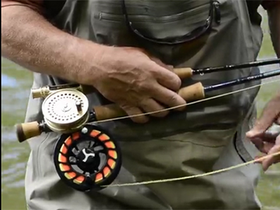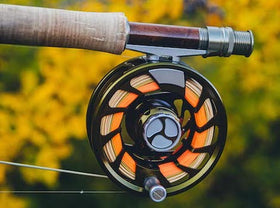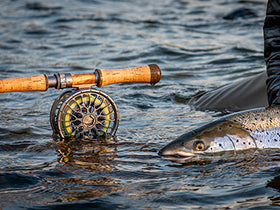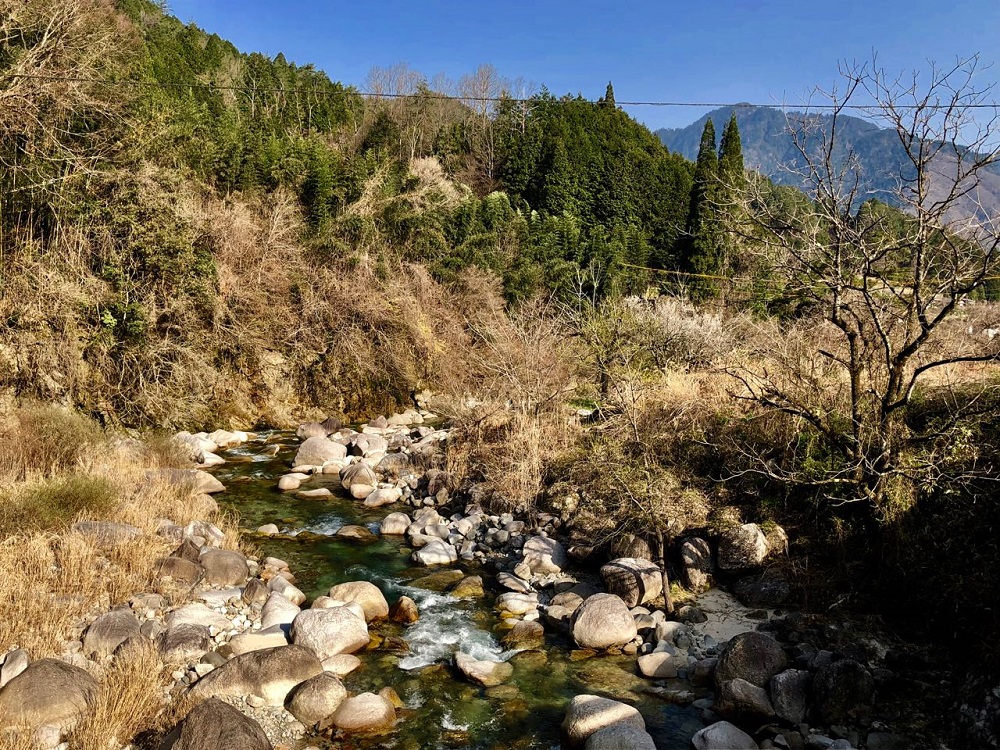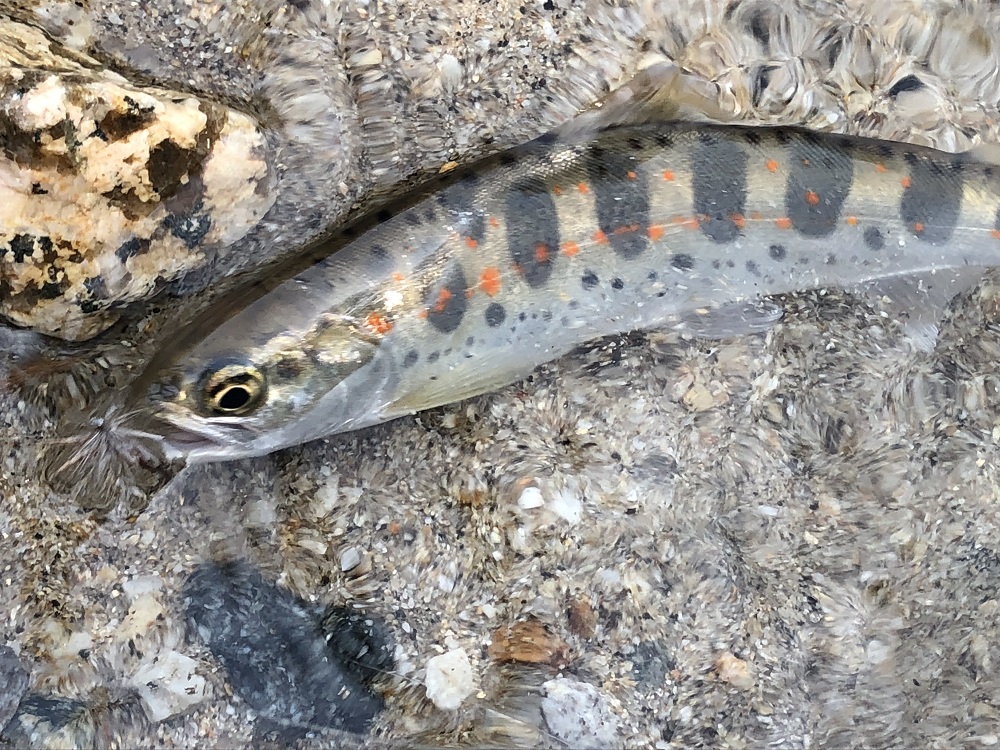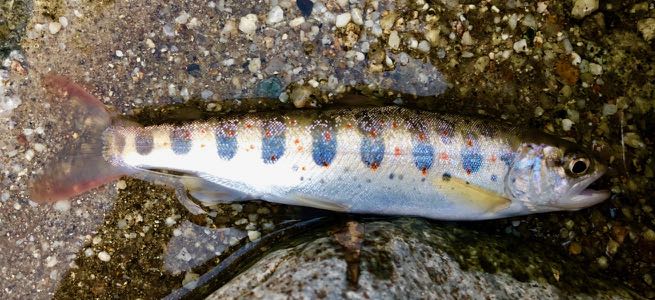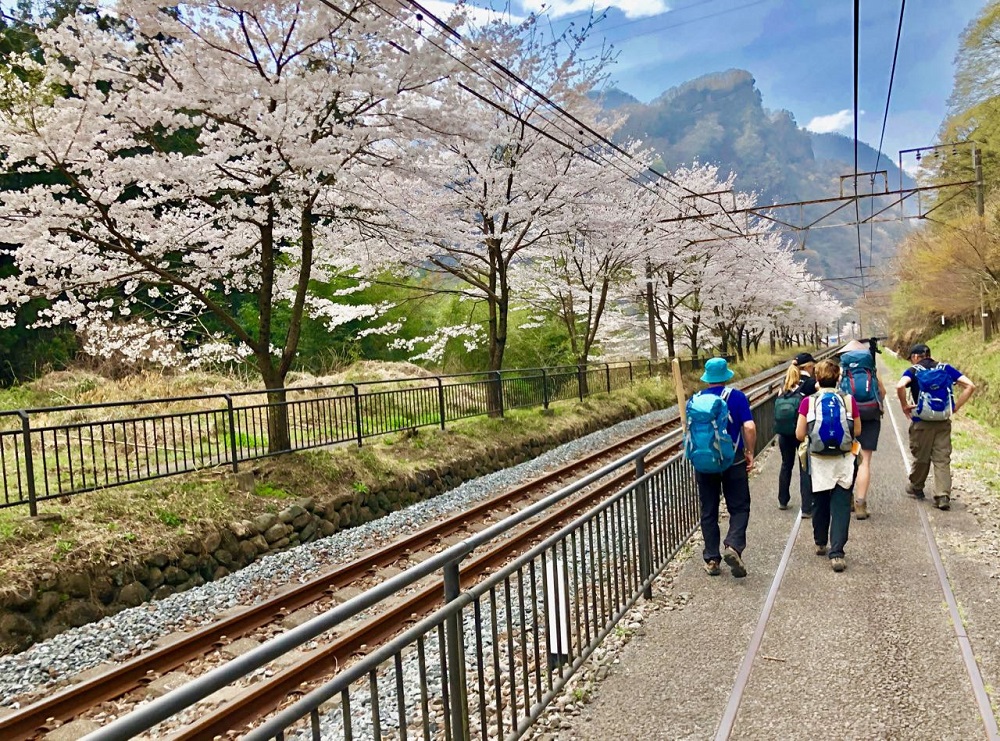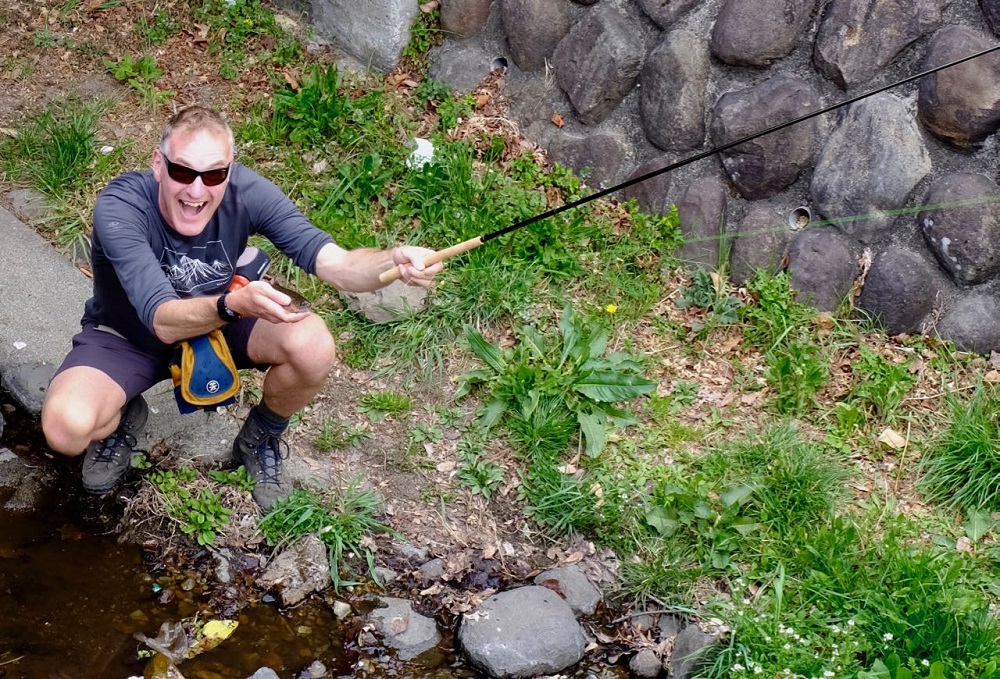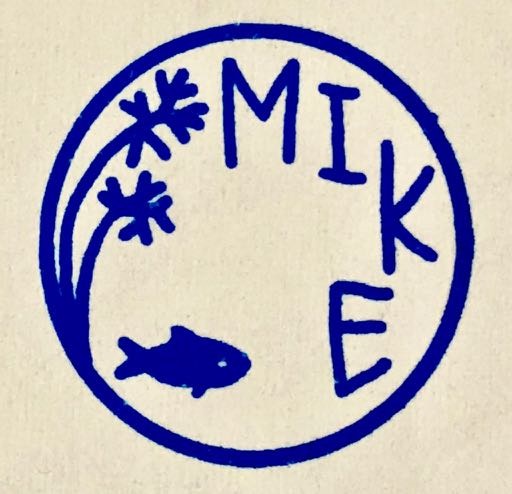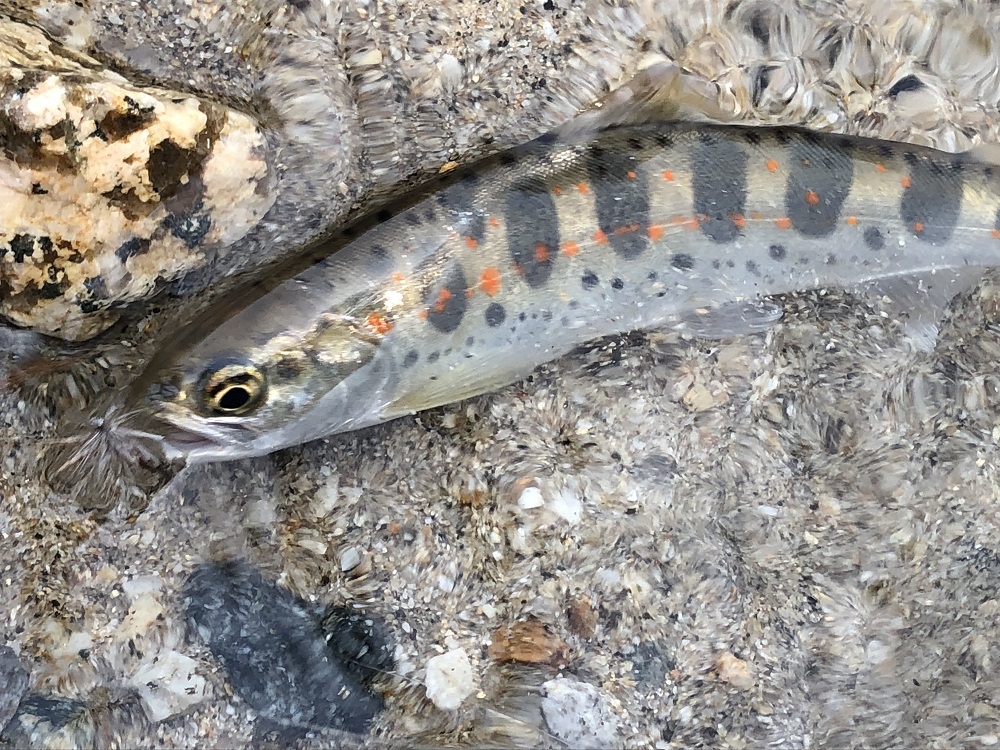
Snow on the mountains
Early sunrays warm the air
Longing for mayfly
What better way to get into Japanese culture and flyfishing Tenkara-style than through Haiku poetry? My 5-7-5 syllable Haiku was inspired by the poet Basho, who travelled the Nakasendo Way some 400 years earlier. Haiku are an intriguing form of poetry, capturing the essence of observation through limitation. You could say Haiku is a written form of Tenkara! But maybe I should stick to the latter…
At one stage of the walk, our group departed for a side tour through a classic postal village dating from around 1600, followed by a trip to an Onsen (traditional Japanese spa bath). But I had heard the sound of a rushing mountain stream outside the inn where we dropped our backpacks. I’d bought a shiny new Tenkara rod and fresh flies at the start of the walk in Kyoto and was keen to get these out of the bag and on to a mountain stream. My Tenkara adventure began.
I had read that the best way to start with Tenkara is to fish flies you know, before moving to a classic kebari wet-fly (see Part I). There is no better way to get hooked, as we all know, than to fish with confidence and catch that first fish. I fished a mayfly pattern at a time that would be similar to our opening weekend in September – the water was biting cold but crystal clear. It didn’t take long before a small fish slashed tentatively at the fly. I missed. I changed flies three times, but it was no longer interested. Yamame are small but they can be smart, wary or both!
The game of ‘slash to the fly and change three times’ was repeated. I learned that Tenkara has to be fished with quite a tight line, as there’s a delay in the strike with this long, flexible rod. So I started fishing the dry more as a Czech nymph, keeping most of the line off the water, with a bit of a gentle loop to the tip of the rod. The next fish slashed, I struck, and it was on!
With my first Yamame on the board, I bowed Samurai-like to thank the river – I had achieved my goal of catching a Yamame on Tenkara. Now I was ready to repeat that feat with the kebari wet fly. I tried it first in still water to observe the action and test how much motion I had to give to move the fly. With a 12-foot rod, not a lot of movement was needed to pulse the fly and make it look buggy.
I fished the kebari in two great pools without success. I kept believing that the fish were there, and changed my technique again to model that of nymphing. When I made the cast, I immediately pulled all the slack line out, even if that meant moving the fly. Keeping a straight line connection between the fly and the rod tip, especially when you cannot feel the take or see the fly (there is no line in your left hand in Tenkara) is important. Altering that system proved a game-changer in the next pool, and another radiant little Yamame came to hand.
After that afternoon, I had packed the rod and box inside my daypack as we were on the last leg of the Nakasendo Way. We completed this walk under glorious cherry blossoms as we strolled into a local train station in the foothills of the Japanese Alps. The train would connect with another local train, which would connect with a Shinkanzen, which would deliver us to a big hotel in Tokyo Central. This was the end of the journey.
As I relished a green-tea ice cream, I looked over the bridge in front of the tiny station. Suddenly, a chunky Yamame looped from under the whitewater to eat a morsel and then returned under the little waterfall. I had 10 minutes before the train departed, with 11 of us on it. Surely I could not fish this small window of opportunity? Then I remembered the Samurai way, that I had brought a Tenkara rod for exactly this scenario, and needed no further encouragement!
Tokyo beckons
I farewell the mountains
With one Yamame?
Because the Tenkara fly is already attached to the line and this attaches with one simple loop to the rod tip, I had the rod, line and fly ready in under 2 minutes. I could not have done this as quickly if setting up a four-piece rod, the reel, thread the line and tie on the fly! I walked around the back of the bridge, and cast the kebari first in the back of the pool, then the middle, then to the left. No result. We were now 5 minutes in and our tour guide was getting pretty edgy. I made a cast in the far corner of the pool and pulled the fly back in a straight-line motion, and the fish took! In the rush to release the fish, I forgot to take a photo. Luckily a fellow traveller (and soon to-be Tenkara convert) managed to make some – thanks Joe!
Standing on the bridge and having watched the spectacle unfold, an old Japanese man clapped his hands. How respectful are the Japanese! Then I heard my name called loudly, the train was about to leave. I pushed the rod tip into the handle, and ran to the train with the Tenkara flyline bundled in my hands. The doors closed behind me, and I could not get the grin off my face as I reordered my gear while the train rocked us all the way to Tokyo.
I can’t wait to fish with this Tenkara approach on some of our own mountain streams before the season closes.





